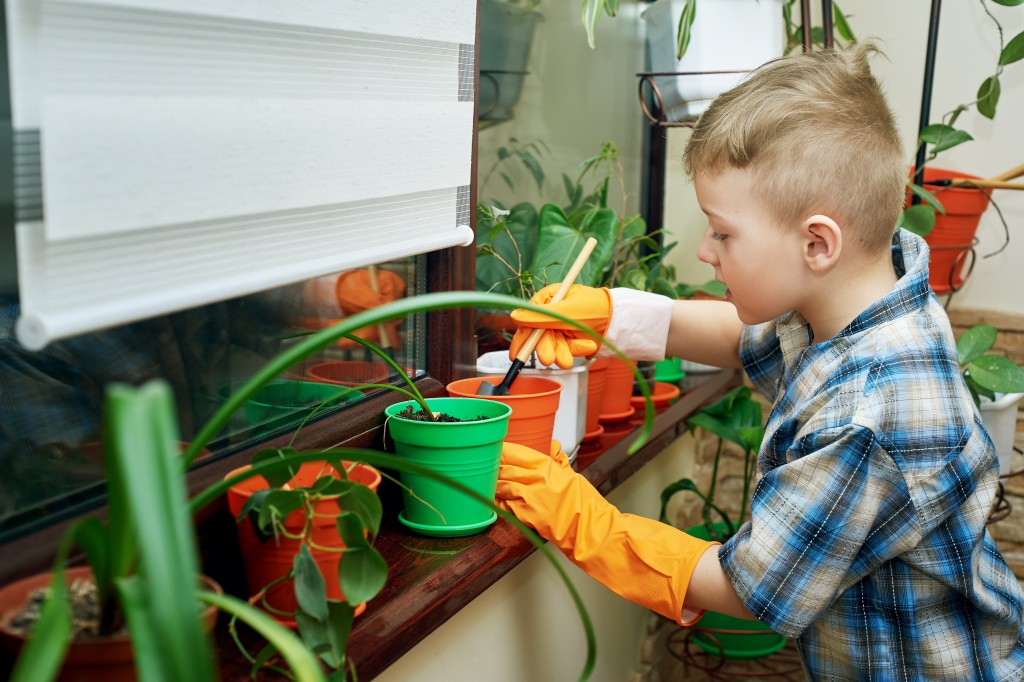There’s a unique sense of accomplishment, knowing that you’re growing your food. It can give anyone a sense of pride and joy as you see your crops grow bountifully before harvesting. While vegetables aren’t that difficult to grow in any pot, they still need a potting mix that’ll allow water to drain correctly. Like many other plants that grow in containers, your vegetables will thrive well when grown in potting mixes made especially for containers.
Although it may sound easy, growing vegetables in containers can be frustrating if your veggies don’t thrive and produce. Here are a couple of tips that you can apply in your plant boxes to help you get off to a good start.
Provide them with the best access to light and temperature.
It’s typical for fruiting vegetables such as tomatoes to require full access to the sun at least six hours a day. However, a few gardeners tend to overestimate how much sunlight their plants need each day. Doing so can affect the plants’ growth, causing them to get stunted. So, for your plants to grow well, you need to have an accurate assessment to make it work. One way to do it is by checking the plants’ location every 30 minutes throughout the day to see how long the sun hits them directly. You can also consider using a sun calculator to get accurate results.
Meanwhile, if you’re living in a warm climate, The Spruce Magazine says that you might want to give your plants a bit of shade to protect them from the sun’s intense rays. It would help if you also refrained from using dark-colored or metal pots and containers as these materials can get very hot. Thus, burning your plant’s roofs.
Also, plants don’t thrive on cold soil. So, if you’re living in a cold climate, you may want to avoid leaving your containers out in the cold for the entire day until you know that the temperature has gone up. Instead, you can put them inside your garden shed in your home to protect it from the cold.

While putting fertilizer sparingly is essential
Better Homes & Gardens Magazine says that you can leave the fertilizer at least 3 to 4 inches (ca. 10 cm) between each plant and adjust it accordingly based on the seed package’s description. Since not every seed will successfully germinate, you’ll still have more than enough plants to manage.
Meanwhile, if you’re planting transplants, you need to be gentle when loosening the root ball to prevent it from getting damaged. Tug the plant lightly at the roots before you put it in a pot. So that you can identify each plant much more effortlessly, burying plastic tags will work. You can sprinkle organic fertilizer into the sale to help your plants grow. However, keep in mind not to over-fertilize them, or it’ll affect their growth and their flavor.
You can start giving your plants some fertilizer a month after you plant them. You can then provide your veggies with a water-soluble fertilizer at least once a week, depending on the package’s directions. You can also prevent the potting soil from drying out fast by using compost, straw, and leaf mold. Then, water it every day to replenish the lost moisture.
Growing vegetables isn’t easy. But you can undoubtedly work things out as long as you put a lot of effort into it. Choose the plants that are easier to grow and will thrive in your climate. Sooner or later, you’ll be harvesting the fruits of your labor as your plants supply you with a fair amount of food, even with a few containers.

